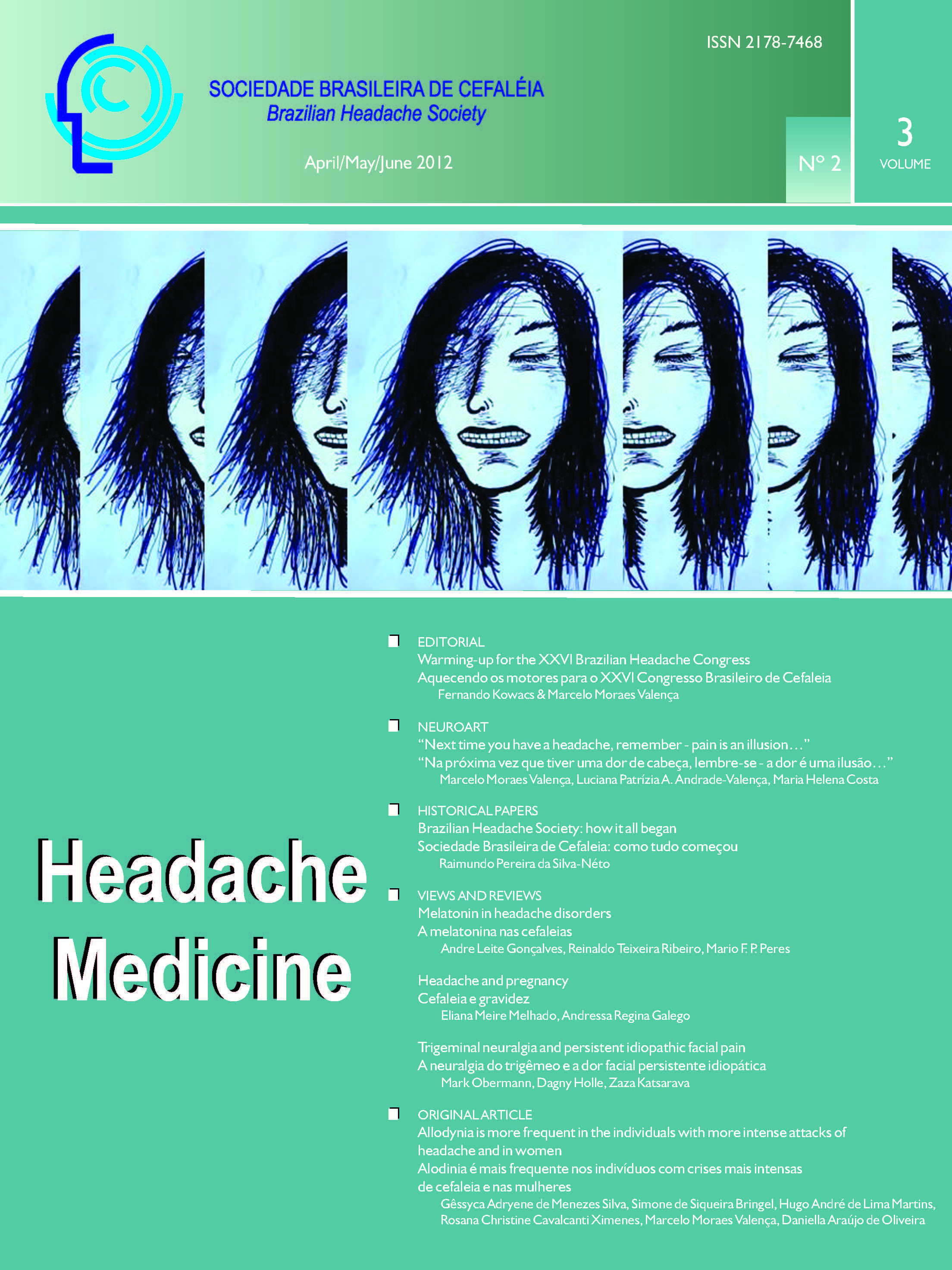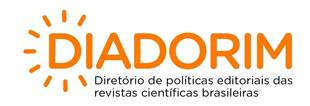Allodynia is more frequent in the individuals with more intense attacks of headache and in women
Views: 1638DOI:
https://doi.org/10.48208/HeadacheMed.2012.17Keywords:
Headache, Migraine, Sensory allodyniaAbstract
Objective: Identifying the presence of allodynia in students with primary headache in a college. Method: It was evaluated 378 students (273 women) aged between 18 and 45 years (22 ± 5 years). A questionnaire was used on the clinical characteristics of headache based on ICHD II-2004 criteria, and another one for the identification and differentiation of cephalic and extra-cephalic allodynia. Results: In this sample 374/378 (98.9%) students had headaches throughout life [271/273 (99.3%) females and 103/105 (98.1%) men, p= 0.309; χ2] and 334/378 (88.4%) complained of headache in the last three months [248/273 (90.8%) women and 86/105 (81.9%) men, p=0.020; χ2]. Of the students with headache in the last three months 331/378 (87.6%) had allodynia [250/273 (91.6%) women and 81/105 (77.1%) men, p<0.001; χ2]. There was an association between the intensity of the headache in the last three months and the presence of allodynia [5/12 (41.7%) of the individuals with mild pain, 211/236 (89.4%) moderate pain and 83/86 (96.5%) severe pain; p<0.001; χ2]. Cephalic allodynia was more frequent in conditions such as combing the hair (43.5) the use of ponytail (57.3%), use of glasses (33.7%), use of hat or cap (53.6% women and 59.3% man), exposure to coldness (45.6% women and 41.9% man) and heat exposure (56.9% woman and 50% men). The extracephalic allodynia was more frequently triggered in heat exposure (60.9% women and 59.3% men) and coldness (42.7% women and 38.4% men). Conclusion: Allodynia is more frequent in women and in individuals with more intense attacks of headache.
Downloads
Published
How to Cite
Issue
Section
License
Copyright (c) 2012 Headache Medicine

This work is licensed under a Creative Commons Attribution 4.0 International License.












